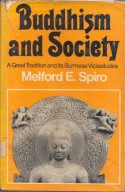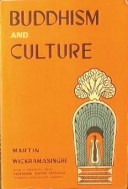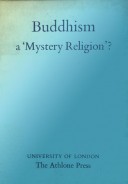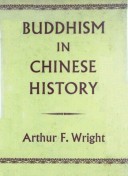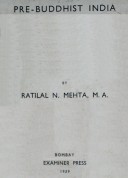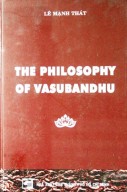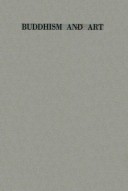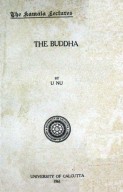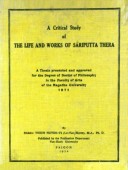Tìm Sách
Sách tiếng Anh-English >> Buddhism and Society
Thông tin tra cứu
- Tên sách : Buddhism and Society
- Tác giả : Melford E. Spiro
- Dịch giả :
- Ngôn ngữ : Anh
- Số trang : 510
- Nhà xuất bản : London- George Allen & Unwin Ltd.
- Năm xuất bản : 1971
- Phân loại : Sách tiếng Anh-English
- MCB : 12010000002863
- OPAC :
- Tóm tắt :
BUDDHISM AND SOCIETY
A GREAT TRADITION AND ITS BURMESE VICISSITUDES
MELFORD E. SPIRO
PREFACE
Acknowledgments
This is the second of a projected three-volume study of Burma. The first volume, Burmese Supernaturalism was concerned with Burmese folk religion. The third volume will be devoted to personality and social structure. Although it is my hope that the entire study will constitute an original contribution to Burmese studies as such, my concern in these volumes is not so much with Burma per se, as to use Burmese data to explore in depth certain theoretical relationships among society culture, and personality.
Although field work in Burma was completed in 1962, publication delay is due in part to order responsibilities, and in part to the closing of Burma`s doors to foreign scholars. When I first went to Burma in 1961, it was with the expectation that I would be returning periodically to fill in the gaps in the data and to check their interpretations. Unhappily, this proved to be impossible because, since seizing political power in 1962, the present military government has permitted no foreign scholarship in Burma. Hence, although I have been able to work with members of the Burmese community in Thailand, there are serious limitations in the study of “culture at a distance”, and I have delayed publication with the hope that the government would change its policy. There being no indication that its policy would be changed, I decided to publish this book, despite it gaps, and its inevitable errors both in fact and in interpretation. It is only fair to call to the attention of the reader the likelihood of such errors. No doubt there are other errors as well, but their sources must be sought elsewhere.
Finally, I wish to thank my many friends in Burma, but especially my assistants U Ba Thaw and U Aung, and my Burmese hsaya, U Ko Ko of Mandalay University. To the people of Yeigyi, for permitting me to record their Buddhist beliefs and observe their Buddhist behavior, while seldom becoming impatient with my persistent questioning, my sentiments are best expressed by the Burmese proverb: Amei kywei kyaun/ Apyei hpaya: laung: - The questioner is like a cowherd / His answerer is like an Embryo Buddha.
CONTENTS
PREFACE
I. PROLOGUE
1. Theravada Buddhism: An Anthropological problem
II. BUDDHISM AS AN INDEOLOGICAL SYSTEM
2. Nibbanic Buddhism: A Religion of Salvation
3. Kammatic Buddhism: I.A religion of Proximate Salvation
4. Kammatic Buddhism: II. The Central Concept of Merit
5. Kammatic Buddhism:III. The Key Doctrine of Karma
6. Apotropaic Buddhism: a Religion of Magical Protection
7. Esoteric Buddhism: a Religion of Chiliastic Expectations
III. BUDDHISM AS A RITUAL SYSTEM
8. The Buddhist Cultus: Its Generic Attributes
9. The Ceremonial Cycle: I. Calendrical Rituals
10. The Ceremonial Cycle II. Life-Cycle Rituals
11. Crisis Rituals
IV: BUDDHISM AS A MONASTIC SYSTEM
12. Monasticism: I. The Normative Structure
13. Monasticism: II. The Social Structure
14. The Monk: Recruitment Structure
15. The Monk:II. Character Structure
16. The Sangha and the state
V. BUDDHISM AND THE WORLD
17. The Status of the Monkhood in Burmese Society
18. Buddhism and the World: A Critique
19. Buddhism and Burmese Society
Appendix: On the Burmese Romanization
References Cited
Index
 Facebook
Facebook
 Google
Google
 Google+
Google+
